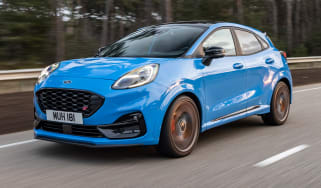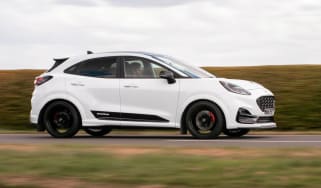Show me:
Ford Racing Puma (1999 - 2001): review, history, prices and specs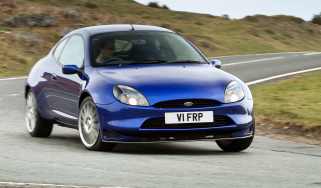

Ford Racing Puma (1999 - 2001): review, history, prices and specs
An oft-underappreciated gem with a growing following, the Ford Racing Puma was arguably the marque's greatest ever front-driver
Entry-level Ford Puma ST Powershift announced with 1-litre mild hybrid engine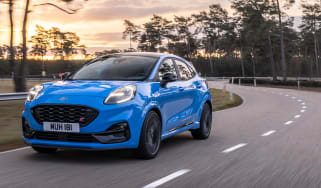

Entry-level Ford Puma ST Powershift announced with 1-litre mild hybrid engine
The new Puma ST Powershift gives up 29bhp to the full-fat version, and launches with a seven-speed dual-clutch gearbox
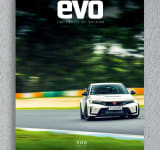
Ford Racing Puma bodykit – Art of Speed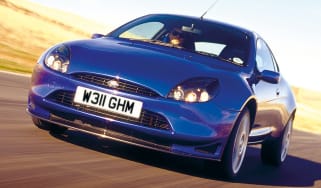

Ford Racing Puma bodykit – Art of Speed
The Ford Racing Puma's bodykit is an iconic piece of automotive design, but there's more to it than meets the eye
Ford Puma ST revealed as 197bhp compact SUV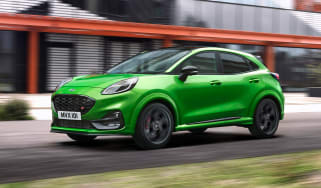

Ford Puma ST revealed as 197bhp compact SUV
Ford Performance has launched its take on the new Puma compact SUV
Ford Racing Puma vs RenaultSport Clio 182 Trophy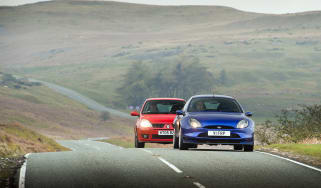

Ford Racing Puma vs RenaultSport Clio 182 Trophy
Two affordable exotics battle it out: it’s Renault vs Ford at their finest
Ford Puma - review, history, prices and specs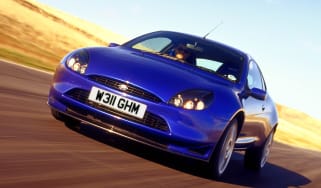

Ford Puma - review, history, prices and specs
The Ford Puma is a performance bargain, with a sweet chassis and great choice of engines

